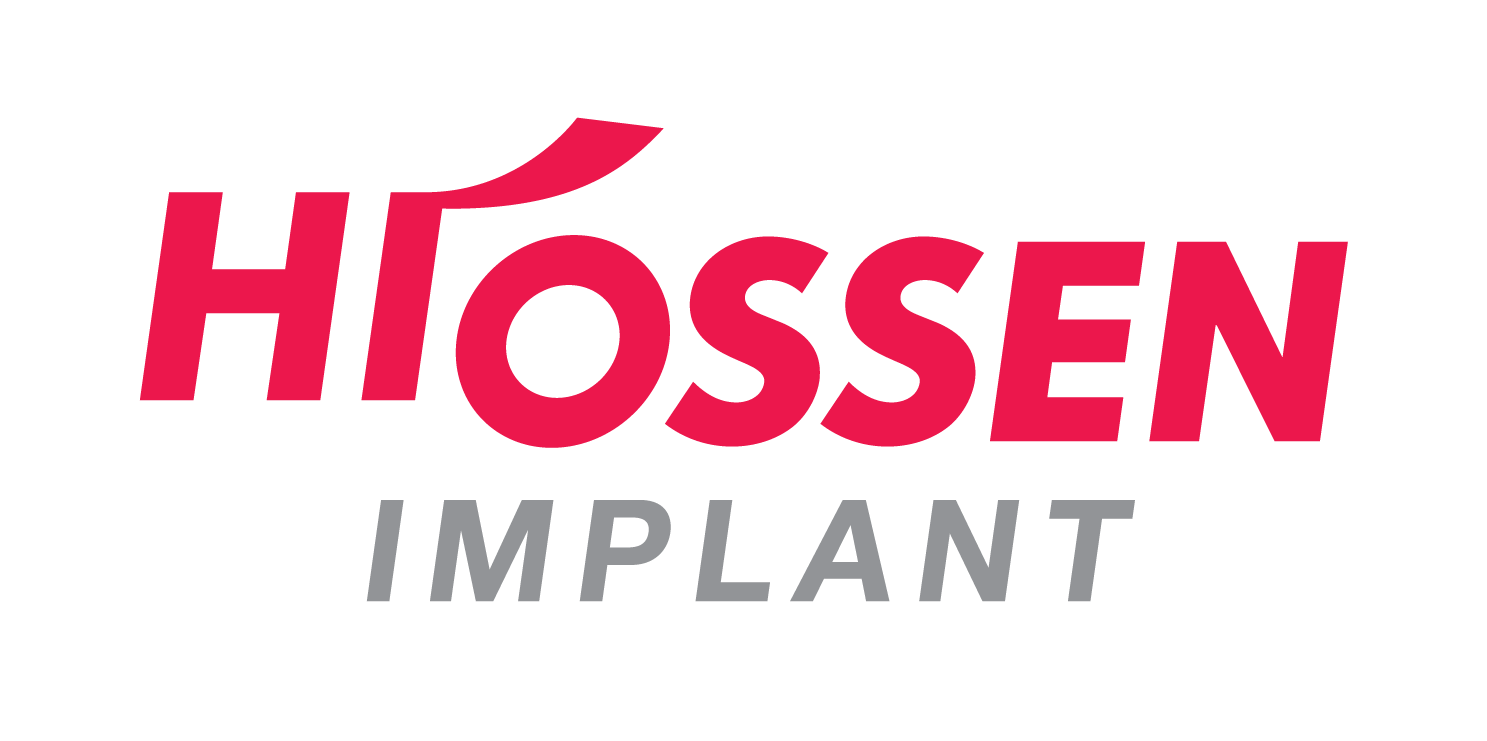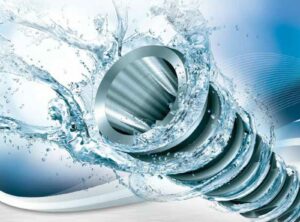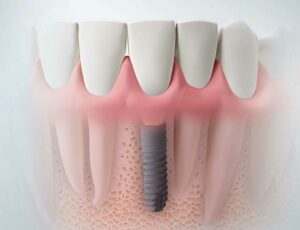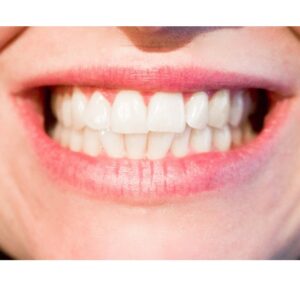Nearly every manufacturer uses titanium in the creation of dental implants. The material is uniquely suited to stabilize the implant for osseointegration. However, the success of your implant relies on more than the material itself. If you want your patients to enjoy smiles that last a lifetime, you should take into account the process used to treat the implant’s surface.
At Hiossen® Implant, we believe the surface is a critical aspect of an implant’s success. Read on to learn more about the basics behind numerous dental implant surface treatments.
Why Perform Dental Implant Surface Treatments?
Because a dental implant’s surface is the only part exposed to the oral environment, it plays a crucial role in the procedure. Studies have proven a proper surface can increase the implant’s chances of early contact between the bone and implant and successful osseointegration.
Many researchers link rough surfaces to an increased likelihood of implant stability. Thus, any manufacturer who hopes for a high probability of integration should take steps to improve their implant surfaces’ roughness, topography and structure. These steps are known as dental implant surface modifications.
Types of Modifications to the Implant’s Surface
Manufacturers continue to evolve their implant surface modification practices to increase the chance of osseointegration and ensure a longer product lifespan. In modern implantology, a vast variety of surface treatments are available. Each uses different methods within three main groups — physical, mechanical and chemical treatment — to modify the implant’s surface.
Some of the most popular forms include:
- Surface blasting: Blasting the implant’s surface is one of the most commonly used types of surface modification. During this treatment, a nozzle blasts high-velocity ceramic particles onto the surface, causing roughness values based on the particles’ size.
- Anodic oxidation: Anodic oxidation is an electrochemical process that increases the thickness of the surface’s titanium oxide layer. This surface layer helps to stabilize the tooth for better osseointegration.
- Acid etching: In this chemical treatment, acid etches away the surface of the implant. The result is both increased roughness and an overall increased surface area. One of the main advantages of this method is that it produces a clean, impurity-free surface since the acid does not produce any physical material that can be trapped.
- Plasma spraying: This physical modification is a type of additive procedure, which means additional materials are added to the implant’s surface rather than removed to create a rougher texture. During the modification, a plasma torch melts and sprays titanium particles onto the implant.
- Laser ablation: As a laser beam hits the implant during this treatment, it penetrates the protective surface to create small pores in a distinct pattern.
Though each product’s treatment methods can vary greatly, their intended outcome is clear — a better, more permanent solution for your patients.
An Improvement on Sand-Blasted and Acid-Etched (SA) Implants
When choosing a dental implant system for your patients, you want to find a surface that will promote fast and effective osseointegration. As the types of implant surface modification demonstrate, roughness plays a vital role in implant success. But texture is not the only factor.
To boost the chance of osseointegration, an implant’s surface should be hydrophilic and bioresorbable. This type of coating increases the implant’s compatibility with the environment inside the mouth.
At Hiossen, we offer an improvement on the standard SA implant by combining an SA surface with a unique bioresorbable apatite nano coating. This innovation, our ETIII Nano-Hydrophilic (NH) Implant, was designed by our in-house research and development team to improve procedure outcomes for patients with both high-quality and poor-quality bone.
The benefits of using our nano-hydrophilic system include:
- Higher chances of osseointegration: The hydrophilic and bioresorbable coating on our ETIII NH system significantly increases the chances of osseointegration, even in comparison to other surface-modified implants. Compared to an SA implant, for example, these implants provide a 39 percent increase in bone-to-implant contact and a more than 30 percent improvement in osseointegration.
- Shorter healing times: Because the implant’s nano-hydrophilic system encourages osseointegration, the ETIII NH system can lead to shorter healing times for patients. Building on the success of our SA implants, this system provides a more than 20 percent shorter bone healing time than implants with a resorbable blast media surface.
- Simplified surgical placement: Like all Hiossen products, this implant system is designed to simplify the process required for placement. The implant design eliminates unnecessary implantation steps and features a corkscrew thread for efficient self-threading.
- Easy storage: Unlike other hydrophilic systems, our nano-hydrophilic implants can be stored outside of an aqueous solution. This allows for easy storage and inventory management in the clinical setting.
Find Top-Quality Products for Dental Implant Success
Hiossen products are designed with innovative surface treatments for exceptionally long-lasting results. We invite you to contact us today and discover the benefits of a leading surface-treated solution.




